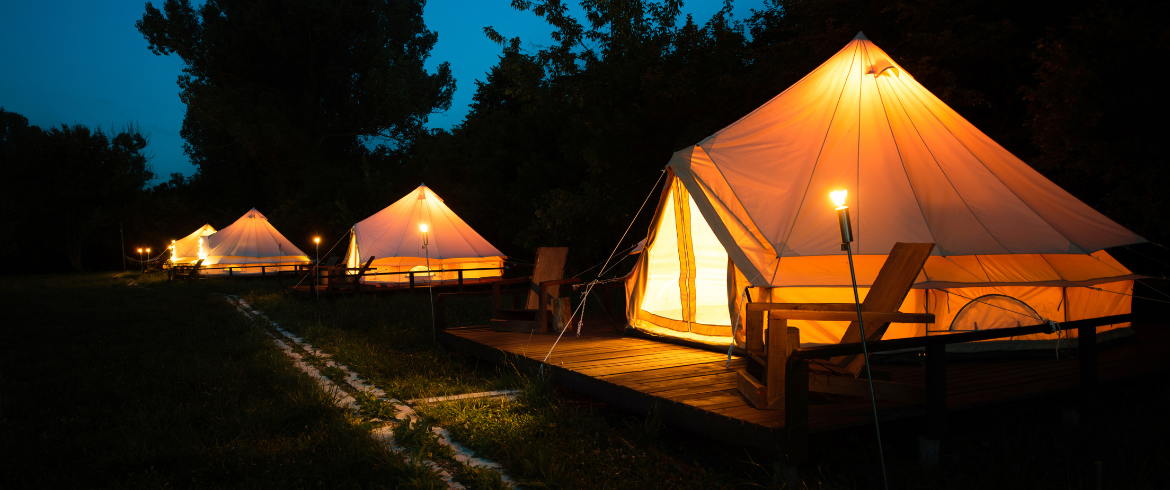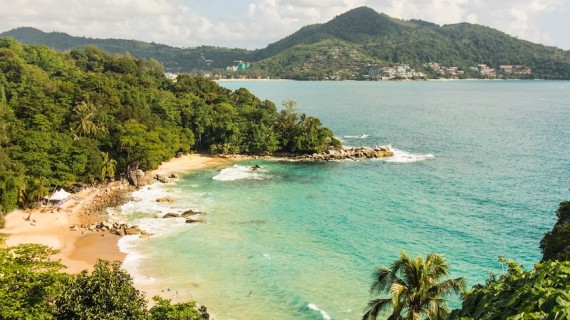Getting back to nature is a major aim of many people looking for a break or holiday. Be it in the woods, set across a remote beach, on a rural river, canal or waterway, or elsewhere. Those moments of peace, feeling at one with nature, and enjoying a sense of wellbeing are immense attractions in their own right in our stress-heavy world.
For managers of glamping sites, canal boats or barges, camping areas and the amenities that support them, creating a safe and welcoming environment is essential. Unlike large resorts, eco-friendly accommodations often rely on harmony with nature and a sense of freedom, but this doesn’t mean that safety can be overlooked.
Safety and Security Off the Grid
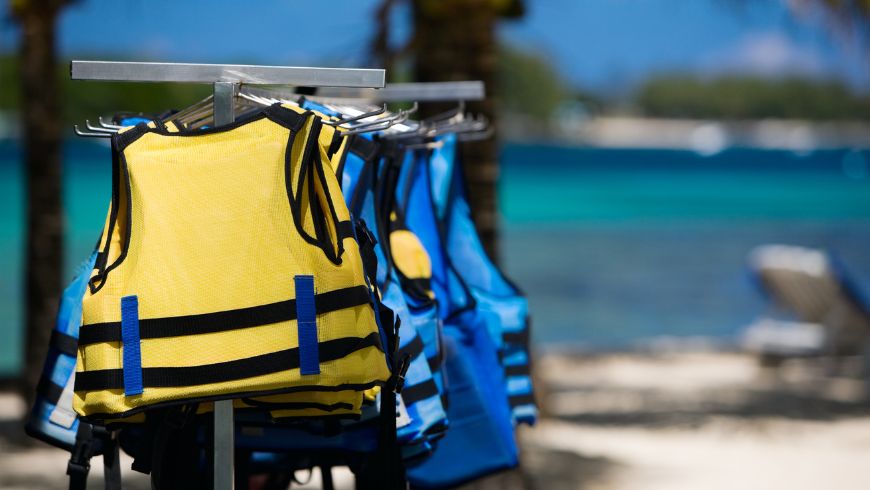
The primary issue with remote and off-the-grid tourism is the lack of infrastructure to provide oversight and monitoring. If you are lucky enough, then there’s a welcome office or central facility hub with washing and showering facilities, with power that you can use to install security cameras, covering the main areas of the site. Along with fire and smoke alarms, and other systems to protect the buildings, property and guests.
Promote it as protection and security for guests and the business, and no visitor will bat an eyelid. However, if you start installing wireless (solar or battery-powered) security features in less accessible areas, you will need to make sure there is no risk of privacy violations, and it should respect the natural landscape.
Specific locations like barns, wooden shacks, and similar destinations, with multiple occupants coming and going, pose a fire safety and theft risk, making security features a welcome asset for managers and guests.
In luxury glamping tents, canal boats, barges, and other high-end, the operator has a duty of care for guests and future guests. Just as hotels are innovating their security sensor technology to address the rise in vaping, luxury glamping sites should consider adopting similar advancements. Fire, vape, and marijuana detector sensors help protect guests, alert staff, and maintain the value of the property. After all, the next guests won’t want to move into a sustainable holiday venue that reeks of weed or other drugs.
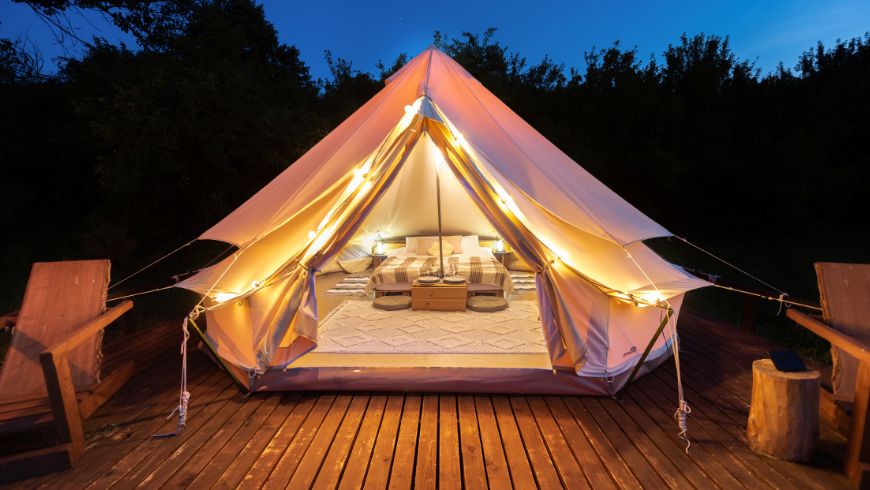
Sustainable Security and Travel
As mentioned, solar or wind power can provide the electricity to run any security system, adding to the sustainability theme. With either the local mobile network or a local WiFi system (another useful amenity, except for those who really want to get away from it all), providing data connectivity.
For small sites, AI management of a bank of smart cameras can see anything unusual or suspicious and send an alert to the site manager to investigate. That saves having someone stuck watching a monitor, and means they are more likely to respond faster.
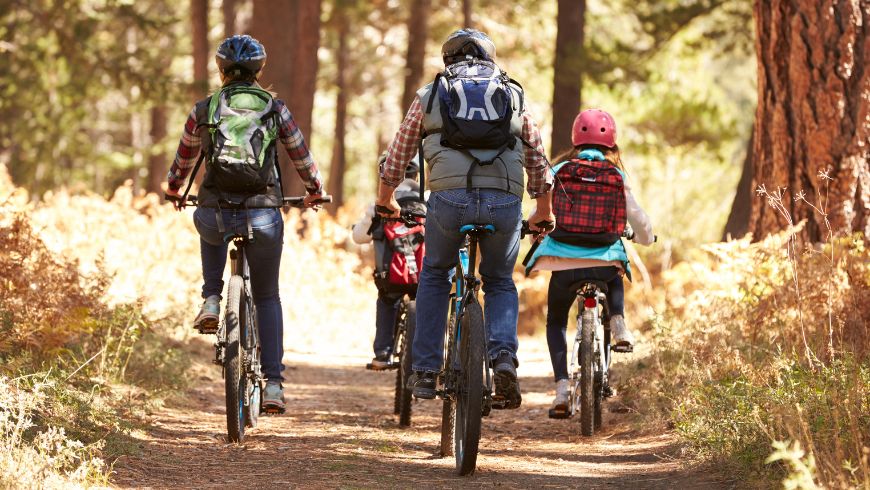
When it comes to getting around an eco-friendly or sustainable resort, bikes are a popular choice. Site managers can add a tracker to them to ensure they don’t stray too far, and if someone does get lost, they can help find them, depending on the nature of your location.
Other options include providing the rental of off-road-type Segway-style scooters to help people get to the start of trailways, points of interest and other locations without tiring them out. Their limited range means they should be easy to recover if left behind (if guests take a circular route) or forgotten. Site managers can access portable power chargers to recharge scooters to return them and for use by the next guests.
Boating adds additional risk, especially for families. The provision of life belts, inflatable jackets and key floats or smartphone protective bags are all essentials to help a family enjoy their cruise or stay. Modern rescue and safety equipment can be fitted with real-time alarm monitoring, providing a wider alert when they are used or triggered by immersion.
For companies running getaways out in the wilds, a modern drone is also a useful and multifunctional asset. The drone can act both as marketing and revenue generation, providing amazing video and photos of guests out in the grand scenery from angles they typically would not be able to capture.
Drones can assist in responding to suspicious or unusual behaviour out beyond quick travel distance. They can also help track down lost or stuck guests out in the wilds. With some resorts banning drones, the organisational use of them is a practical and valuable advantage.
Building a Culture of Safety and Respect
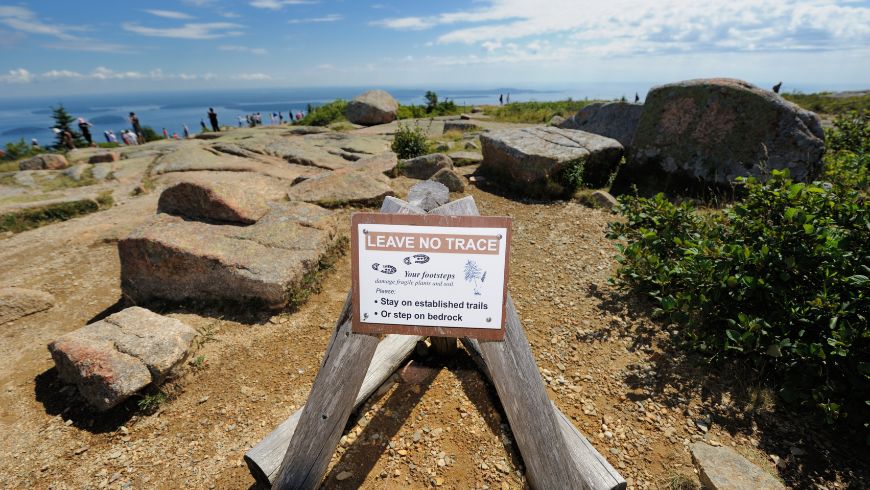
Safety in eco-tourism is not just about equipment—it is also about education. Guests should be encouraged to follow safety rules and “leave no trace” principles, respect local wildlife, and avoid risky behavior such as lighting fires outside designated areas.
Site managers can promote a culture of respect by:
- Offering short safety briefings when guests arrive
- Providing maps with eco-friendly itineraries and safe paths
- Educating visitors on how to interact responsibly with local ecosystems
Summary
There are plenty of ways your business can protect and support guests with technology, even in the most remote places, while maintaining and promoting sustainability and eco-friendly resorts. All while helping protect the local scenery, wildlife, and preventing guests from getting lost or hurt, reducing the risk of negative reviews.
Taking a practical but subtle approach to security and risk management will ensure happy guests, can generate extra revenue, and means the properties can be professionally managed, no matter how rustic or exposed they are to nature, and guests having a great time.
